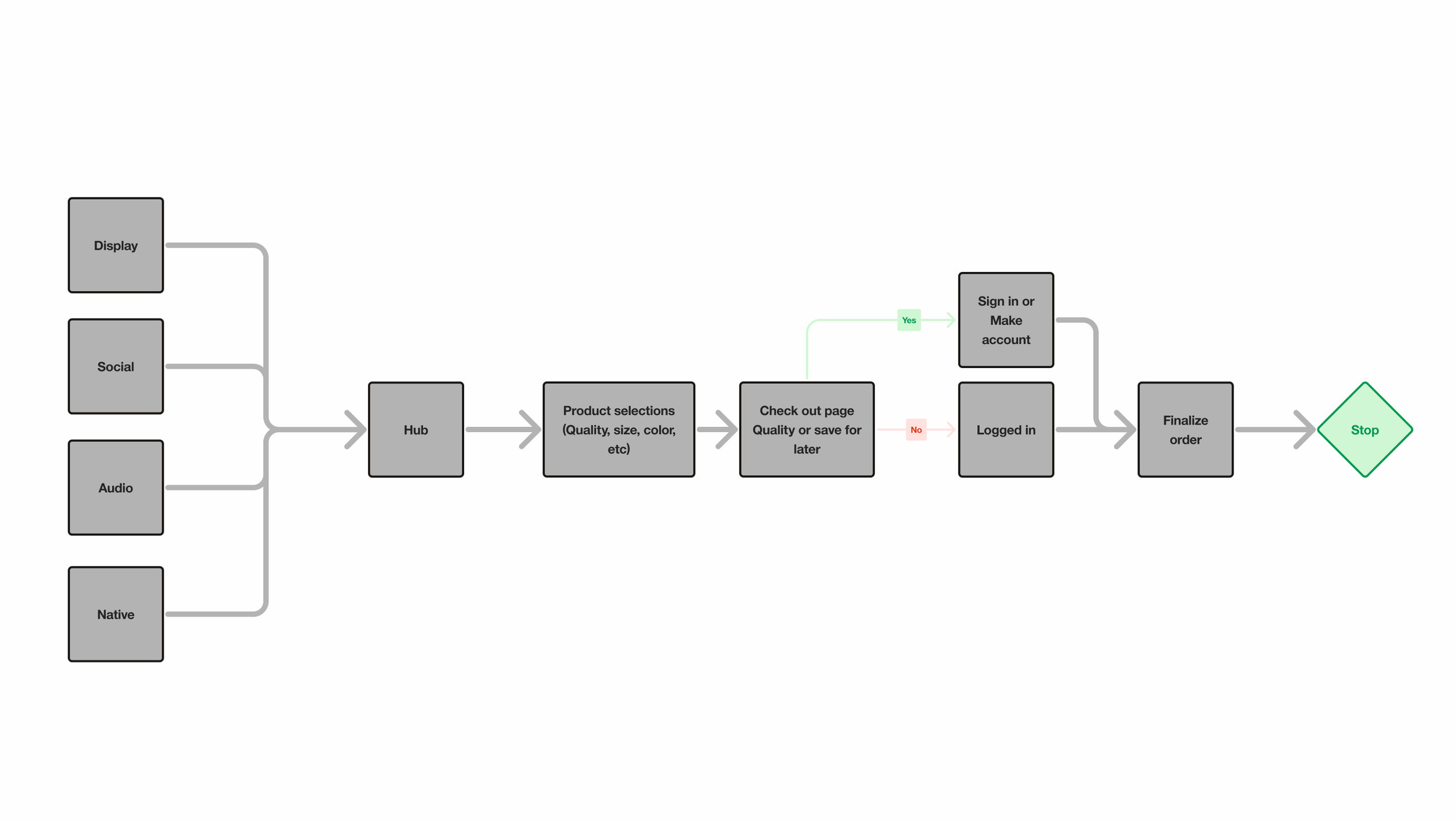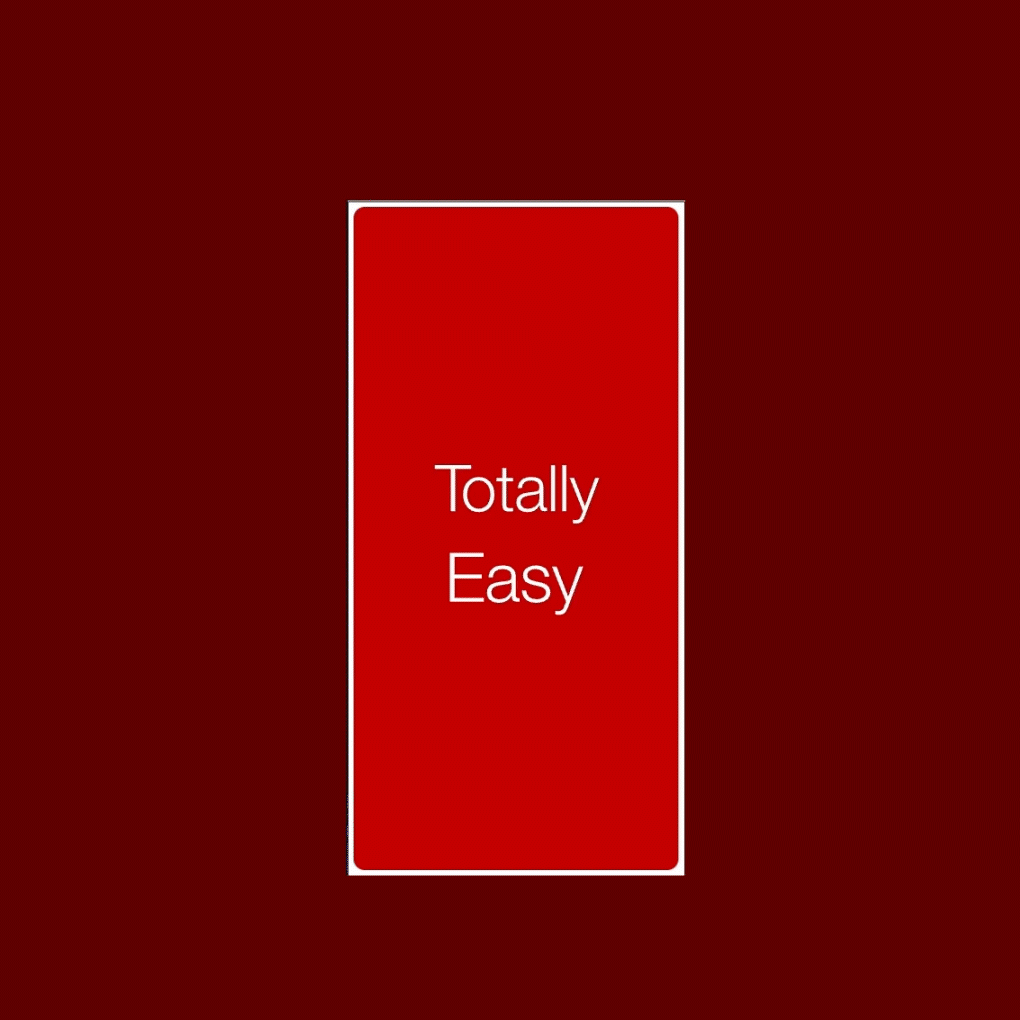Totally Target Wellness
Designing a Cohesive Digital Experience Across Teams and Touchpoints
Target’s 2023 wellness campaign was at risk of falling flat due to disjointed team structures and over-packed messaging. I stepped in to align partners across media, site, and creative, building a customer-first journey that simplified the path to purchase—and delivered Target’s highest-performing digital campaign of the year.
Context
The wellness category is both high-intent and high-noise. Internally, creative and media teams operated in silos with separate goals, tools, and timelines. Meanwhile, messaging was crammed into every paid asset with little consideration for where the customer would land. There was no unified plan from ad to site.
Campaign elements included:
Messaging pillars: One-Stop Shop, Easy Fulfillment, Product Benefits
Channels: Paid media (display, social), Target.com homepage, category hubs
Stakeholders: Media planners, campaign team, site merch, creative
Challenge
Team silos created disconnect between messaging and landing experience
Resistance to shifting from a templated “creative container” approach
Link destinations were treated as afterthoughts
Messaging priorities (e.g. Morning Routines) got split or diluted across media
Nighttime Routines concept underperformed (25–39% effectiveness)
Approach
I worked backward from the desired customer outcome—conversion. This meant auditing existing assets, messaging flows, and media recommendations to better understand how content was landing across the ecosystem.
Key initiatives:
Mapped the full customer journey from ad to cart
Aligned with site teams on available destinations and product theming
Simplified visual storytelling to highlight product + fulfillment
Execution
Built a modular creative framework that maintained consistency across channels
Introduced hero product visuals and rotating banners to reinforce benefits
Refined campaign containers to better support the story being told
Guided partner teams to prioritize the fold for product visibility
Drove cross-functional alignment early in planning to reduce friction
Each destination—homepage, hub, or PDP—served a different role:
Homepage Hero: Useful for high-level awareness or brand storytelling, but easily buried without clear support messaging.
Category Hub: Ideal for curated content like “Morning Routines” when product sets and themes are aligned.
Product PDP: Best for high-intent moments but only works when media and visual assets lead cleanly to a specific item.
In many cases, guests were sent to vague or misaligned destinations—or even prompted to search, introducing friction and drop-off.
User Journey Strategy
At the core of the problem was a missing question:
Where do we want the guest to go, and what do we want them to do when they get there?
To solve this, I:
Audited destination types for narrative fit and purchase intent
Collaborated with site partners to clarify the purpose of each landing page
Matched messaging strategy to the most relevant endpoint
Ensured all touchpoints supported the guest’s next best action—whether discovery or purchase
Results
Highest-performing digital campaign of 2023
Achieved 49%–97% effectiveness across messaging objectives
Nighttime Routines (initially weak) informed new approaches to theme clarity
Reduced customer drop-off and increased engagement post-click
Sparked new collaboration norms and pre-campaign planning protocols
By centering the customer journey—and aligning teams around a shared message hierarchy—we created not just a campaign, but an ecosystem of trust, clarity, and conversion.
Services
Creative Strategy –– Ecosystem Mapping –– Campaign System Design –– DCO Matrix Development –– Messaging Hierarchy & Content Planning –– UX Strategy –– Cross-Channel Frameworks –– HTML5 & Responsive Ad Leadership –– Full Creative Lifecycle Oversight –– Motion + Static Asset Production –– QA & Launch Coordination –– Stakeholder Alignment –– Creative Operations & Workflow Optimization














